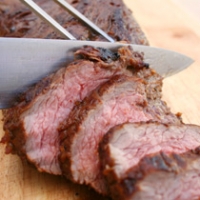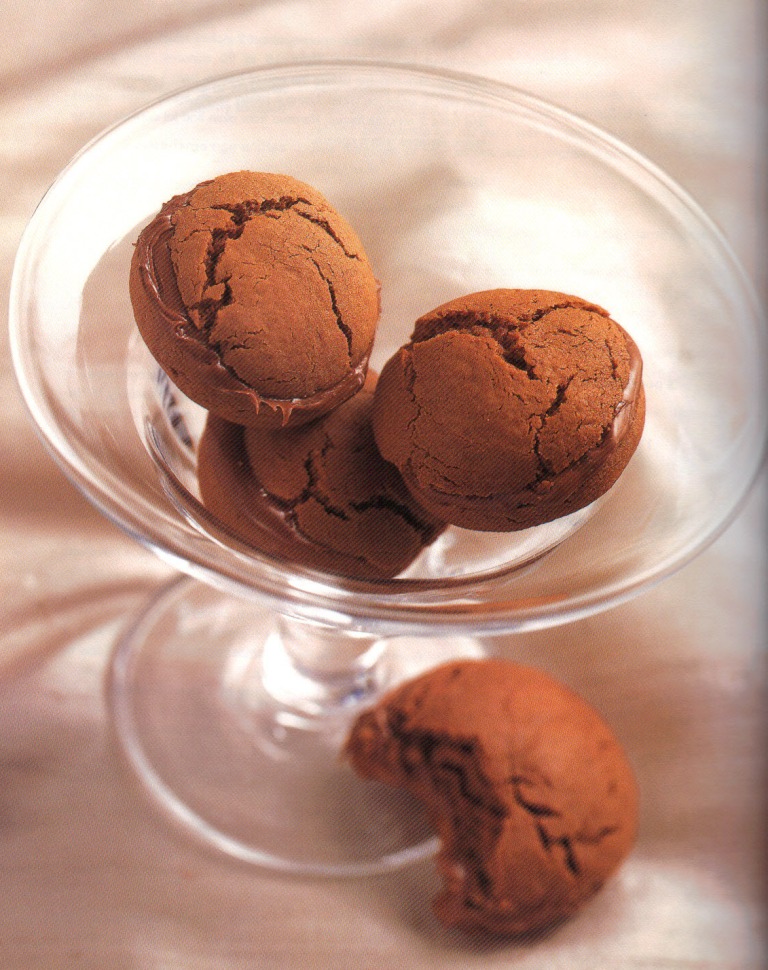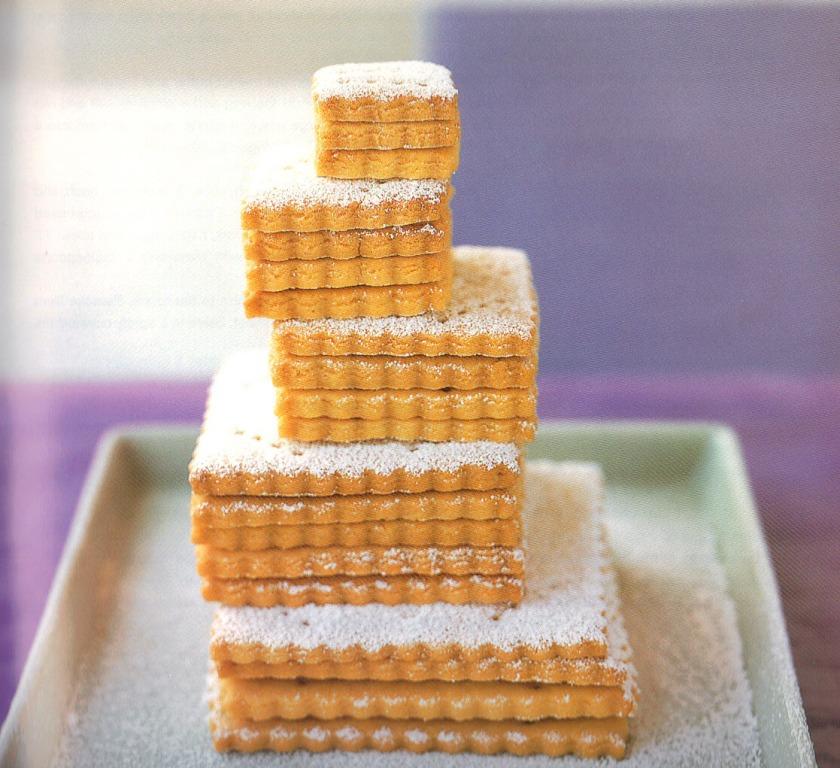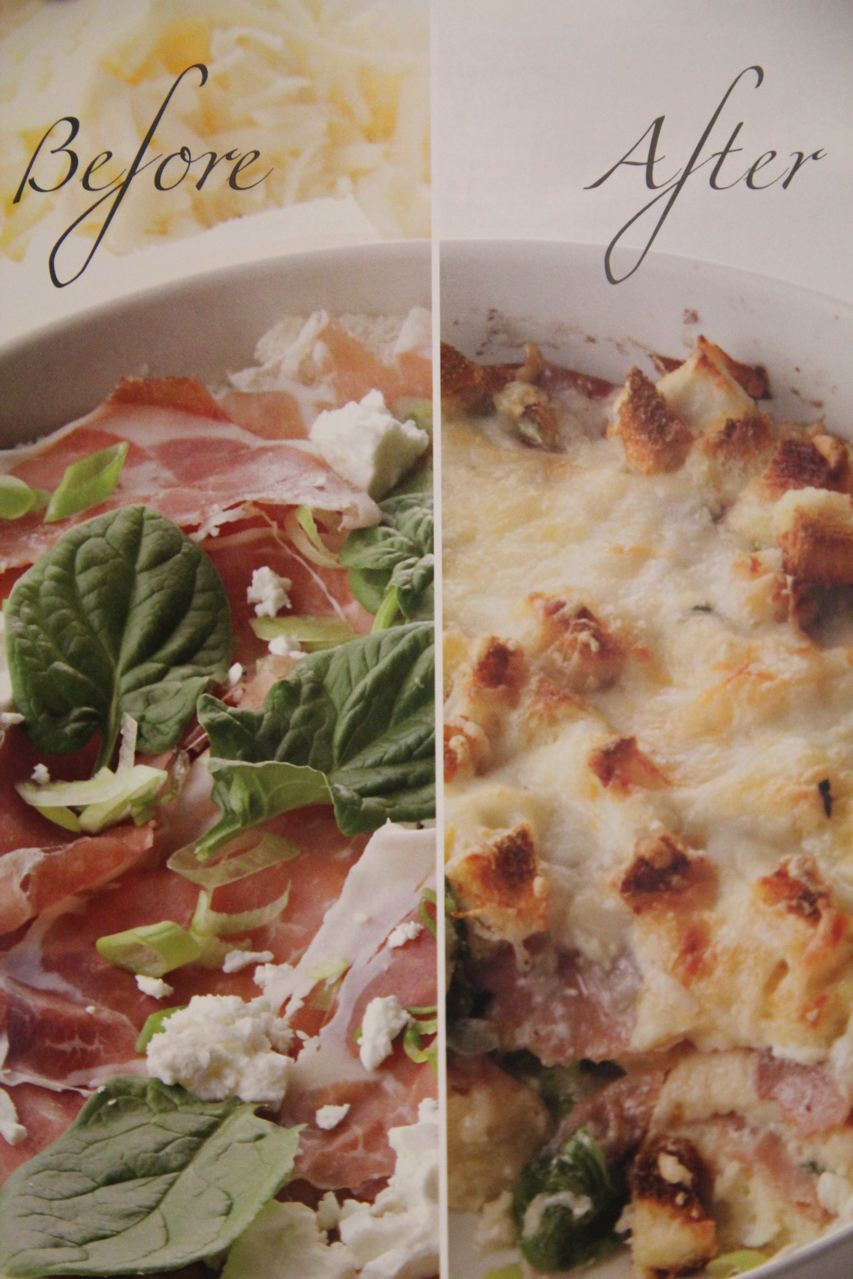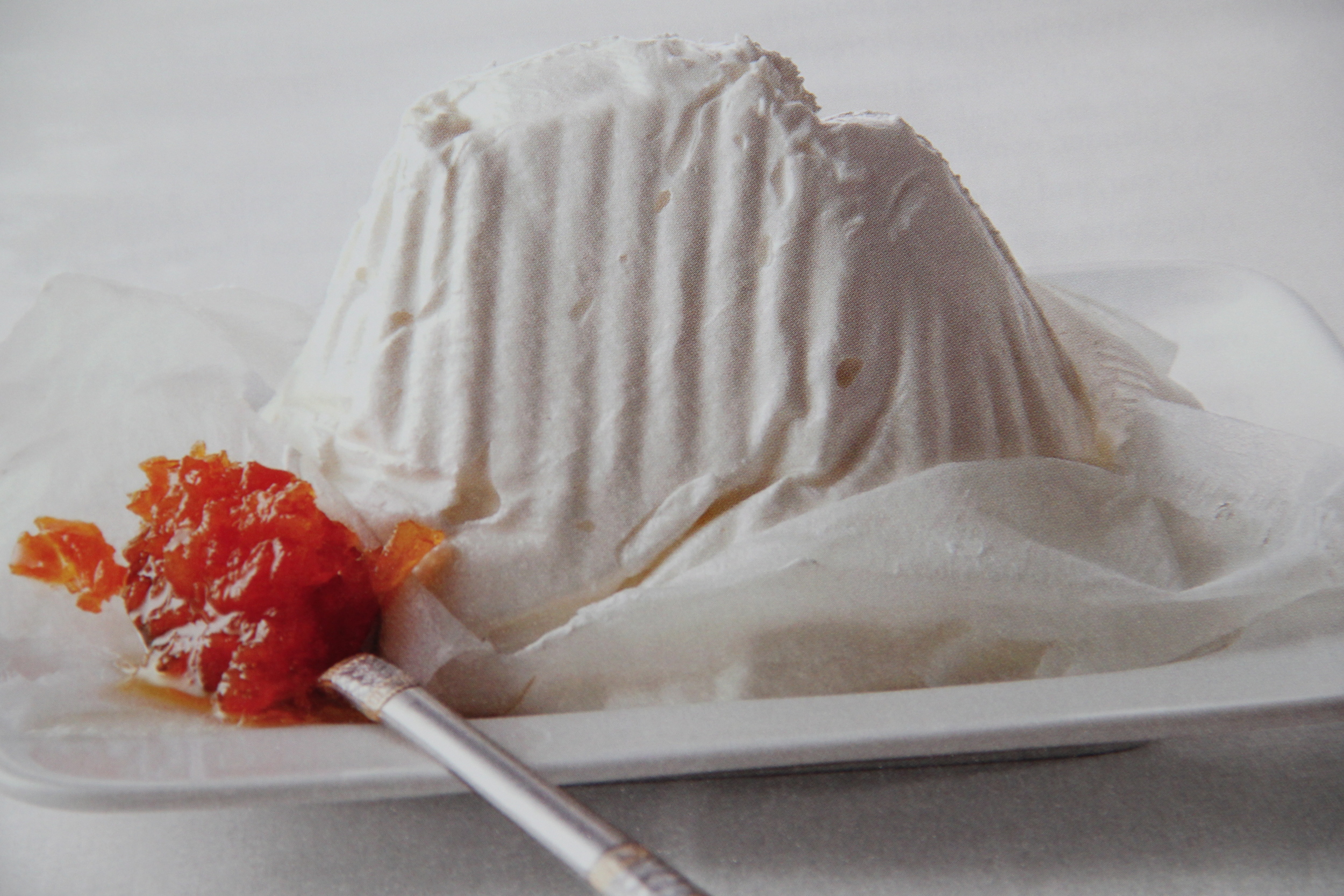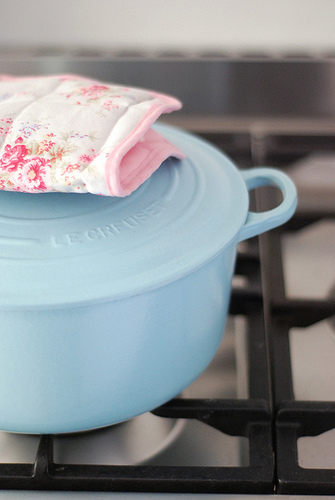 Yesterday, when I called my best friend Arthur in New York (I was still in sunny Florida), he ebulliently reported that he was stranded in his Park Slope apartment on account of the snowstorm that hit the East Coast with a vengeance. "You sound so happy," I said. Arthur replied, "it's beautiful here and I'm making soup!" Arthur was dicing pancetta as we spoke, and was about to wash some kale and simmer some beans. Then without missing a beat he said, "I'm making Blizzard Soup!" I could see his smile through the phone. With that simple sentiment, I, too, wished I was in my Park Slope kitchen, also making soup. It reminded me of a winter's day, several years ago, when my husband made the most delicious potion imaginable. He actually named it "Snowy Day Chicken" but it was really a soup, in the way that authentic Italian bollito misto is a soup. Large pieces of protein (here, chicken and beef shin) that simmer for hours until they transform and gelatinize (my word) a simple pot of water to perfumed perfection. The intoxicating vapors came from ingredients I didn't even know we had in our pantry: fennel seed, celery seed, and caraway seed. They lent an air of mystery to the brew, already heady from a bounty of onions and fresh bay leaves. I remember the first few spoonfuls as though I was slurping it right now.
Yesterday, when I called my best friend Arthur in New York (I was still in sunny Florida), he ebulliently reported that he was stranded in his Park Slope apartment on account of the snowstorm that hit the East Coast with a vengeance. "You sound so happy," I said. Arthur replied, "it's beautiful here and I'm making soup!" Arthur was dicing pancetta as we spoke, and was about to wash some kale and simmer some beans. Then without missing a beat he said, "I'm making Blizzard Soup!" I could see his smile through the phone. With that simple sentiment, I, too, wished I was in my Park Slope kitchen, also making soup. It reminded me of a winter's day, several years ago, when my husband made the most delicious potion imaginable. He actually named it "Snowy Day Chicken" but it was really a soup, in the way that authentic Italian bollito misto is a soup. Large pieces of protein (here, chicken and beef shin) that simmer for hours until they transform and gelatinize (my word) a simple pot of water to perfumed perfection. The intoxicating vapors came from ingredients I didn't even know we had in our pantry: fennel seed, celery seed, and caraway seed. They lent an air of mystery to the brew, already heady from a bounty of onions and fresh bay leaves. I remember the first few spoonfuls as though I was slurping it right now.
Snowy Day Chicken Prepare this in your largest pot: A very large oval casserole with a cover (such as a Le Creuset) is perfect.
Chicken fat (2 tablespoons) from chicken 1 tablespoon olive oil 2 medium onions, chopped 5 pound chicken 4 carrots, peeled and cut in half, thick ends cut in half, 1 inch sections 1-3/4 pounds beef shank on the bone, cut into 2 thick slices (1-inch each)
Sauté onions in chicken fat and olive oil for 15 minutes over medium heat until soft and lightly browned, stirring often. Add 1 cup water and scrape up any brown bits. Add chicken (breast side up), carrots, and the following:
2 large onions, peeled, cut in half, each half in 4 chunks (16 pieces) 1 heaping teaspoon fennel seed 1 teaspoon caraway seed 1 teaspoon celery seed 1 teaspoon salt 2 fresh or dried bay leaves 11 cups water (will not cover chicken) – you want the breast to be exposed 1 large garlic clove, through press
Slip in beef shank. Add all the giblets, except the liver. Bring just to boil. Lower to simmer, cover and cook about 2 to 3 hours until beef is tender and chicken is cooked through. Remove chicken and beef shank; transfer to a platter; discard giblets. Slice chicken and beef; serve in large soup plates surrounded with vegetables. Pour broth over all. Serves 6




